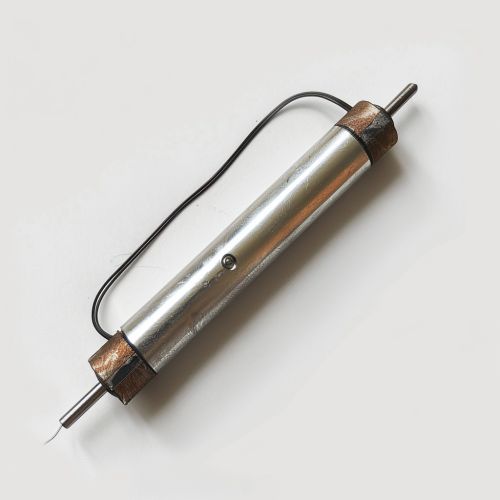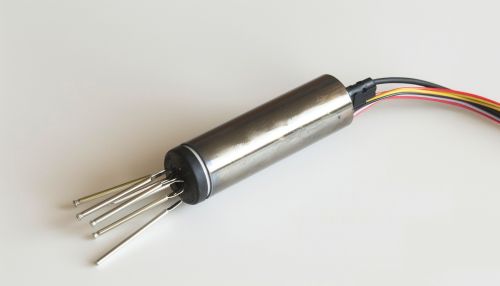Passive Transducer
Introduction
A transducer is a device that converts one form of energy to another. While there are many types of transducers, this article focuses on a specific type known as a passive transducer.
Definition and Principle of Operation
A passive transducer, also known as a passive sensor, is a type of transducer that requires an external power source for its operation. It generates output in response to its physical variation like temperature, light intensity, pressure, etc. This is in contrast to active transducers, which produce their own electrical power.
The principle of operation of a passive transducer involves the transformation of physical energy into electrical energy. This is achieved by varying the resistance, capacitance or inductance of the transducer in response to changes in physical phenomena such as temperature, pressure or light intensity. The resulting electrical signal can then be amplified, processed or interpreted to provide useful information about the physical phenomenon being measured.


Types of Passive Transducers
There are several types of passive transducers, each with its own unique characteristics and applications. These include:
Resistive Transducers
Resistive transducers work on the principle of change in electrical resistance. Some common examples of resistive transducers include thermistors, strain gauges, and photoresistors.
Capacitive Transducers
Capacitive transducers work on the principle of change in capacitance. These transducers are commonly used in the measurement of displacement, pressure and other physical quantities.
Inductive Transducers
Inductive transducers work on the principle of change in inductance. They are commonly used in the measurement of displacement, velocity and acceleration.
Applications of Passive Transducers
Passive transducers are used in a wide range of applications due to their ability to accurately measure various physical quantities. Some of the key applications include:
Industrial Automation
In industrial automation, passive transducers are used to monitor and control various processes. For example, temperature sensors are used to monitor the temperature of a process and ensure it stays within a specified range.
Medical Devices
In medical devices, passive transducers are used to measure various physiological parameters. For example, pressure sensors are used to monitor blood pressure in patients.
Environmental Monitoring
In environmental monitoring, passive transducers are used to measure various environmental parameters such as temperature, humidity, and light intensity.
Advantages and Disadvantages of Passive Transducers
Like any other technology, passive transducers have their own advantages and disadvantages.
Advantages
- Passive transducers do not require an external power source, making them ideal for use in remote or hard-to-reach locations. - They are generally more robust and durable than active transducers. - They can be used to measure a wide range of physical quantities.
Disadvantages
- Passive transducers generally have a lower sensitivity compared to active transducers. - They can be affected by external electromagnetic fields, which can cause measurement errors. - The output signal from a passive transducer usually requires amplification, which can add to the complexity and cost of the measurement system.
Conclusion
Passive transducers play a crucial role in many areas of science and technology. Despite their limitations, they offer a reliable and robust solution for measuring a wide range of physical quantities. As technology continues to advance, it is likely that the performance and capabilities of passive transducers will continue to improve.
